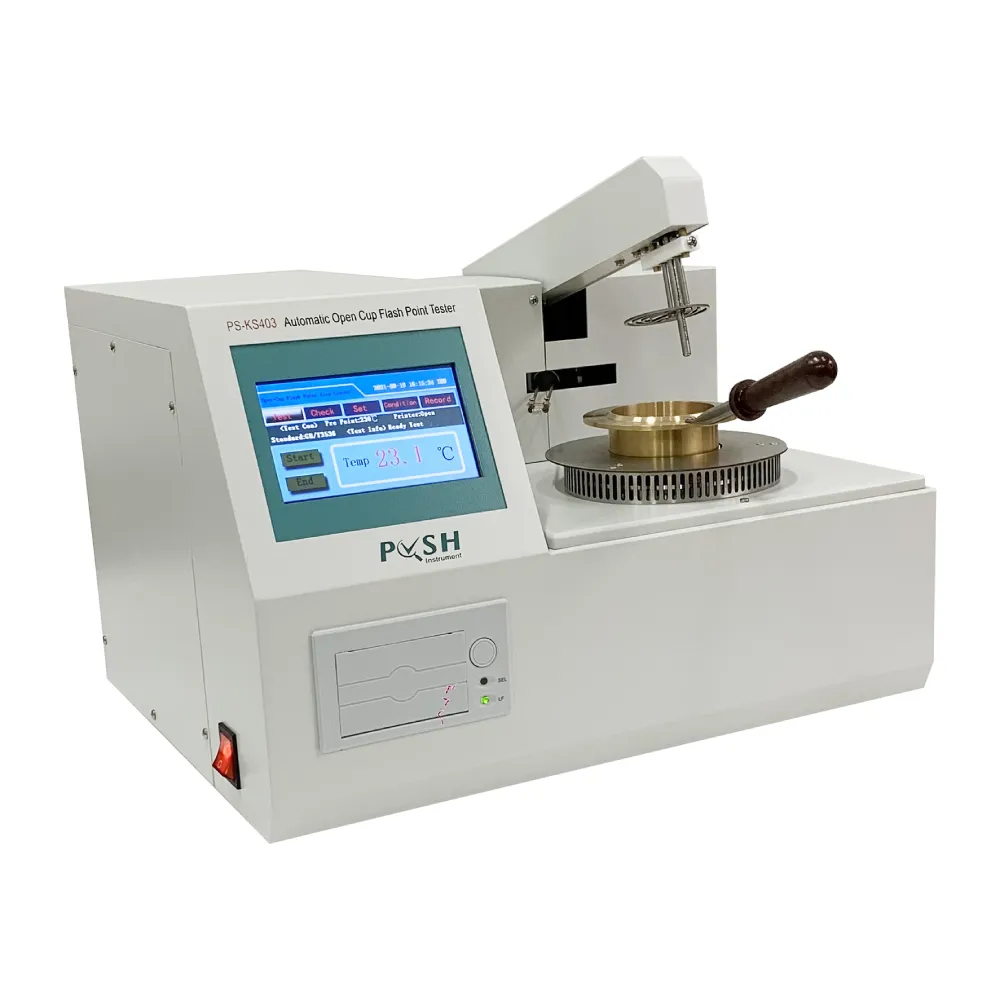 English
English



-
 Afrikaans
Afrikaans -
 Albanian
Albanian -
 Amharic
Amharic -
 Arabic
Arabic -
 Armenian
Armenian -
 Azerbaijani
Azerbaijani -
 Basque
Basque -
 Belarusian
Belarusian -
 Bengali
Bengali -
 Bosnian
Bosnian -
 Bulgarian
Bulgarian -
 Catalan
Catalan -
 Cebuano
Cebuano -
 China
China -
 China (Taiwan)
China (Taiwan) -
 Corsican
Corsican -
 Croatian
Croatian -
 Czech
Czech -
 Danish
Danish -
 Dutch
Dutch -
 English
English -
 Esperanto
Esperanto -
 Estonian
Estonian -
 Finnish
Finnish -
 French
French -
 Frisian
Frisian -
 Galician
Galician -
 Georgian
Georgian -
 German
German -
 Greek
Greek -
 Gujarati
Gujarati -
 Haitian Creole
Haitian Creole -
 hausa
hausa -
 hawaiian
hawaiian -
 Hebrew
Hebrew -
 Hindi
Hindi -
 Miao
Miao -
 Hungarian
Hungarian -
 Icelandic
Icelandic -
 igbo
igbo -
 Indonesian
Indonesian -
 irish
irish -
 Italian
Italian -
 Japanese
Japanese -
 Javanese
Javanese -
 Kannada
Kannada -
 kazakh
kazakh -
 Khmer
Khmer -
 Rwandese
Rwandese -
 Korean
Korean -
 Kurdish
Kurdish -
 Kyrgyz
Kyrgyz -
 Lao
Lao -
 Latin
Latin -
 Latvian
Latvian -
 Lithuanian
Lithuanian -
 Luxembourgish
Luxembourgish -
 Macedonian
Macedonian -
 Malgashi
Malgashi -
 Malay
Malay -
 Malayalam
Malayalam -
 Maltese
Maltese -
 Maori
Maori -
 Marathi
Marathi -
 Mongolian
Mongolian -
 Myanmar
Myanmar -
 Nepali
Nepali -
 Norwegian
Norwegian -
 Norwegian
Norwegian -
 Occitan
Occitan -
 Pashto
Pashto -
 Persian
Persian -
 Polish
Polish -
 Portuguese
Portuguese -
 Punjabi
Punjabi -
 Romanian
Romanian -
 Russian
Russian -
 Samoan
Samoan -
 Scottish Gaelic
Scottish Gaelic -
 Serbian
Serbian -
 Sesotho
Sesotho -
 Shona
Shona -
 Sindhi
Sindhi -
 Sinhala
Sinhala -
 Slovak
Slovak -
 Slovenian
Slovenian -
 Somali
Somali -
 Spanish
Spanish -
 Sundanese
Sundanese -
 Swahili
Swahili -
 Swedish
Swedish -
 Tagalog
Tagalog -
 Tajik
Tajik -
 Tamil
Tamil -
 Tatar
Tatar -
 Telugu
Telugu -
 Thai
Thai -
 Turkish
Turkish -
 Turkmen
Turkmen -
 Ukrainian
Ukrainian -
 Urdu
Urdu -
 Uighur
Uighur -
 Uzbek
Uzbek -
 Vietnamese
Vietnamese -
 Welsh
Welsh -
 Bantu
Bantu -
 Yiddish
Yiddish -
 Yoruba
Yoruba -
 Zulu
Zulu
partial discharge cable
Understanding Partial Discharge in Cable Systems
Partial discharge (PD) is a significant phenomenon affecting the reliability and lifespan of high-voltage cable systems. As electrical systems advance, the demand for more efficient and durable materials continues to rise, making the understanding of PD crucial for engineers and specialists in the field of electrical engineering.
Partial discharge refers to the localized breakdown of insulation material within a high-voltage environment. Unlike a complete breakdown that results in a fault, partial discharge allows currents to leak through degraded insulation without causing an immediate failure. Over time, however, these discharges can erode the insulation further, eventually leading to catastrophic failures in cable systems.
Understanding Partial Discharge in Cable Systems
Detecting partial discharge is crucial for preventative maintenance. Various testing methods can be employed to monitor the health of cable systems, including electrical or acoustic monitoring techniques. Advanced technology now allows real-time PD measurements that can pinpoint problem areas in cable systems before a significant failure occurs. Early detection methods often use specialized instruments that can discern the electrical signatures of PD, allowing technicians to perform targeted maintenance.
partial discharge cable

The impact of partial discharge on electrical insulation is significant. As PD continues to occur, it generates heat and can result in chemical reactions within the insulation material, leading to further degradation and loss of dielectric strength. This deterioration can shorten the operational lifespan of cables, resulting in increased maintenance costs and potential downtime for power systems. Therefore, understanding and mitigating the risks associated with PD is critical for ensuring the reliability of electrical infrastructure.
Preventative strategies for managing partial discharge include regular monitoring and the implementation of quality control practices during manufacturing. By employing hermetic seals, enhanced insulation materials, and consistent maintenance schedules, the occurrence of PD can be minimized. Moreover, using systems capable of dynamic PD mapping allows operators to maintain awareness of insulation integrity and respond promptly to any emerging risks.
Emerging technologies, such as artificial intelligence and machine learning, are beginning to play a role in analyzing PD data. By predicting potential failure points through historical data analysis, these systems can offer maintenance strategies tailored to specific cable conditions, ultimately enhancing the reliability of the power delivery network.
In conclusion, partial discharge is a critical factor affecting the reliability of high-voltage cable systems. Understanding its causes, detection methods, and implications is essential for engineers and operators who must ensure the safety and efficiency of electrical infrastructure. By implementing innovative monitoring technologies and proactive maintenance strategies, the impacts of partial discharge can be managed effectively, safeguarding the longevity and performance of electrical systems.
The challenge of PD will continue to grow as electrical demands escalate, necessitating ongoing research and development to enhance our understanding and control over this phenomenon. As we advance, the goal remains clear to mitigate the effects of partial discharge and improve the resilience of our electrical networks.
-
Ensuring Transformer Reliability with High-Precision Turns Ratio TestingNewsJul.18,2025
-
Ensuring SF₆ Gas Safety: Introducing PUSH’s Integrated SF₆ Analyzer for Dew Point, Purity, and Decomposition MonitoringNewsJul.10,2025
-
Exploring the Main Types of Industrial Endoscopes and Their Applications Across IndustriesNewsJul.04,2025
-
Testing Equipment Industry Sees Major Advancements in 2025: Smart & Precision Technologies Lead the WayNewsJun.06,2025
-
Applications of Direct Current Generators in Renewable Energy SystemsNewsJun.05,2025
-
Hipot Tester Calibration and Accuracy GuidelinesNewsJun.05,2025



